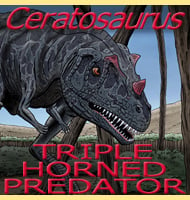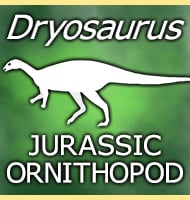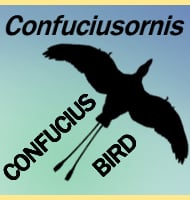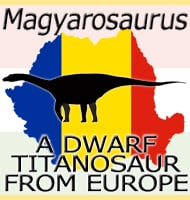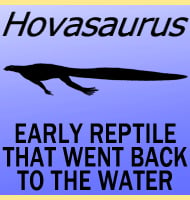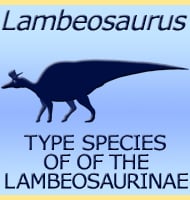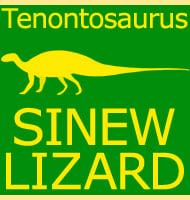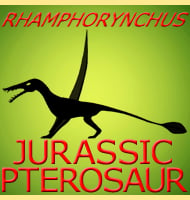In Depth
Culebrasuchus is a genus of caiman crocodile that lived in Central America during the early Miocene. The presence of Culebrasuchus in Panama has also led to speculation that North and South America may have been joined much earlier than previous thought, albeit only temporally, though other kinds of caiman are known from slightly older deposits in other parts of South America. There may even have been a series of brief land bridges between North and South America going all the way back to late Cretaceous given the appearance of hadrosaurid dinosaurs in South America during the late Cretaceous, long after the break away from Africa. At the time of writing Culebrasuchus is only known from a skull and a few vertebrae, but when these are scaled to modern forms, an average size of about two meters long can be established for the holotype individual, making Culebrasuchus comparable to the modern caiman forms that we know today.
Another genus of caiman, Centenariosuchus was named at the same time as Culebrasuchus.
Further Reading
- Systematics and biogeography of crocodylians from the Miocene of Panama. - Journal of Vertebrate Paleontology 33(2):239-263 - A. K. Hastings, J. I. Bloch, C. A. Jaramillo, A. F. Rincon & B. J. Macfadden - 2013.

